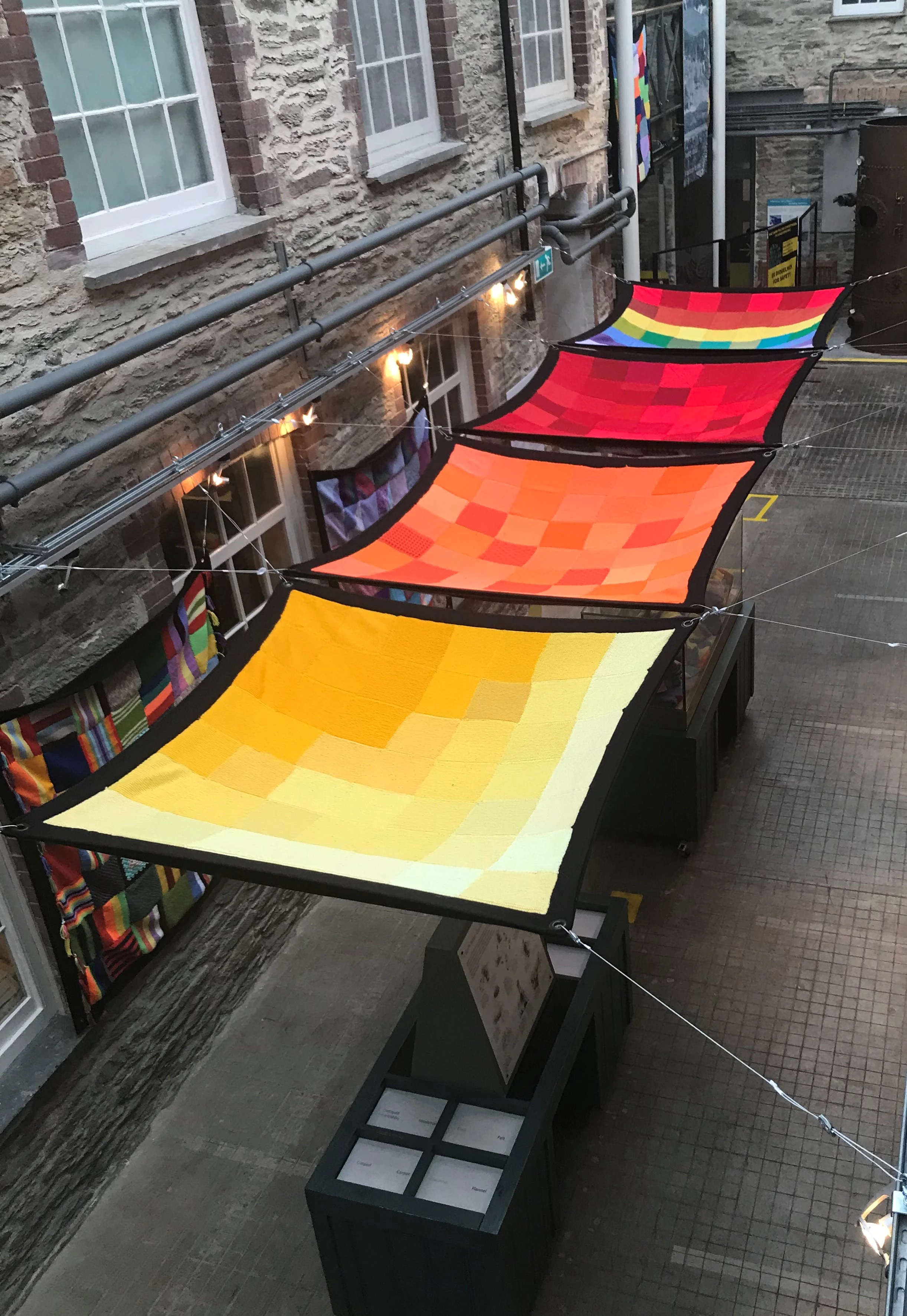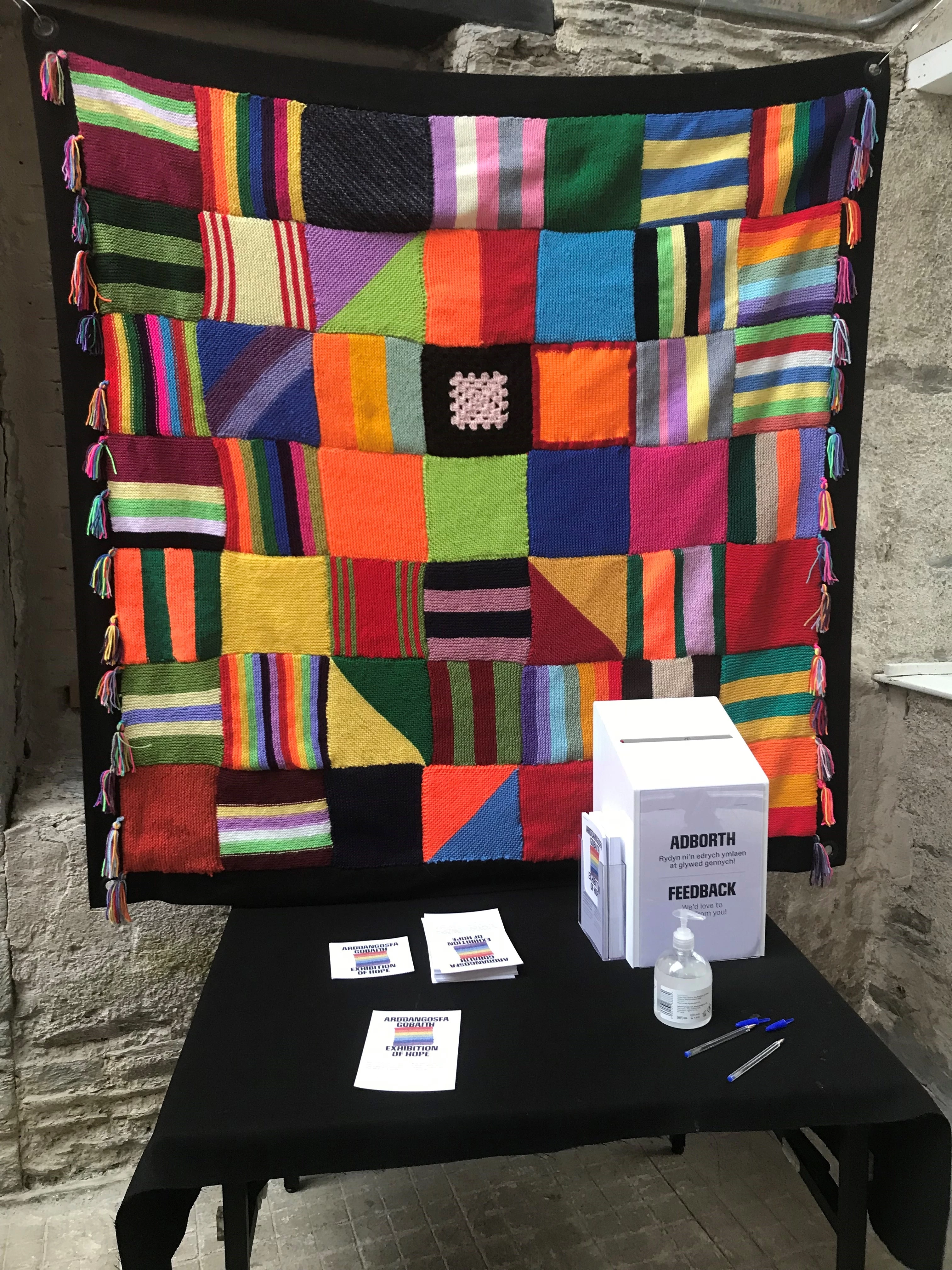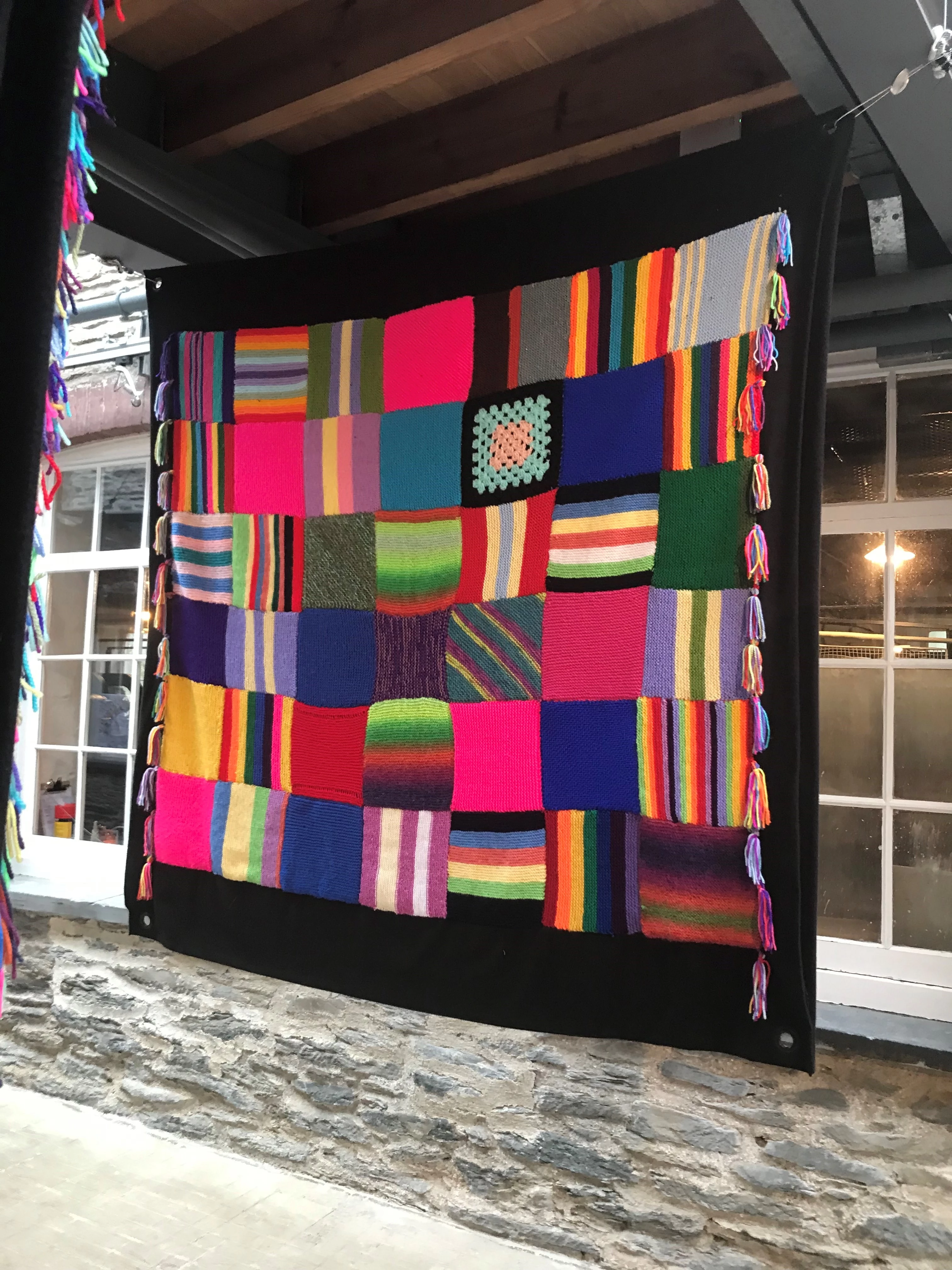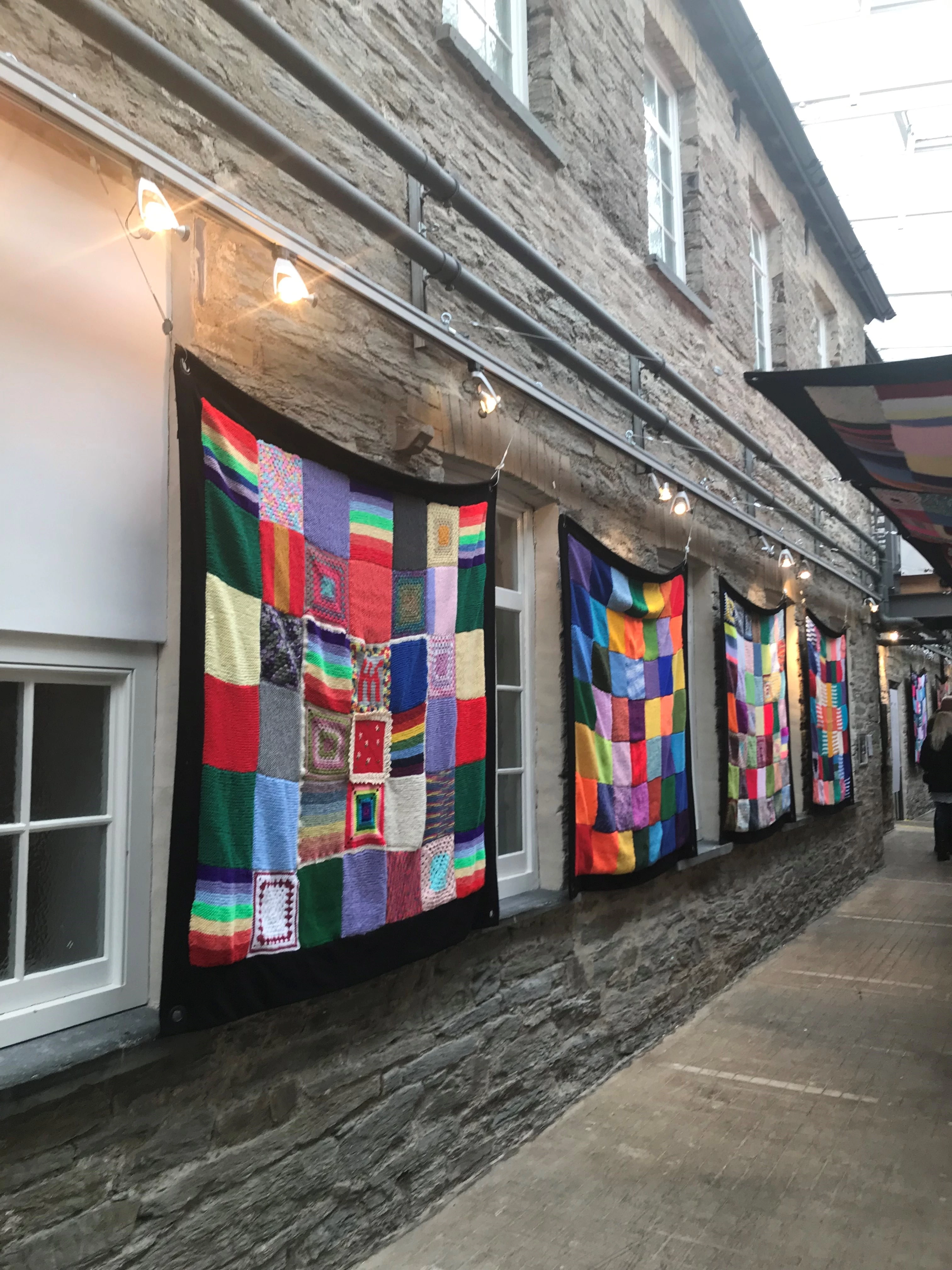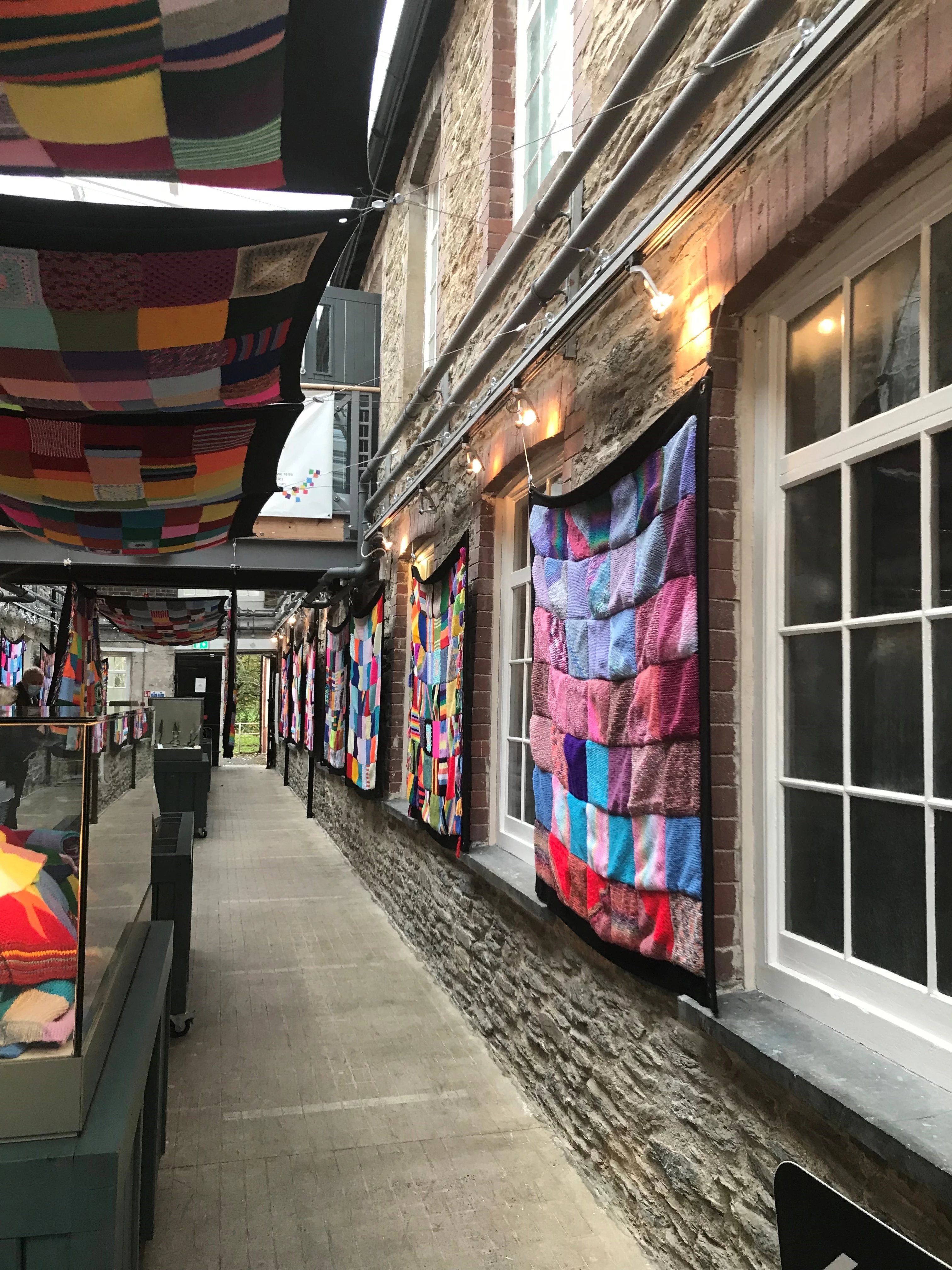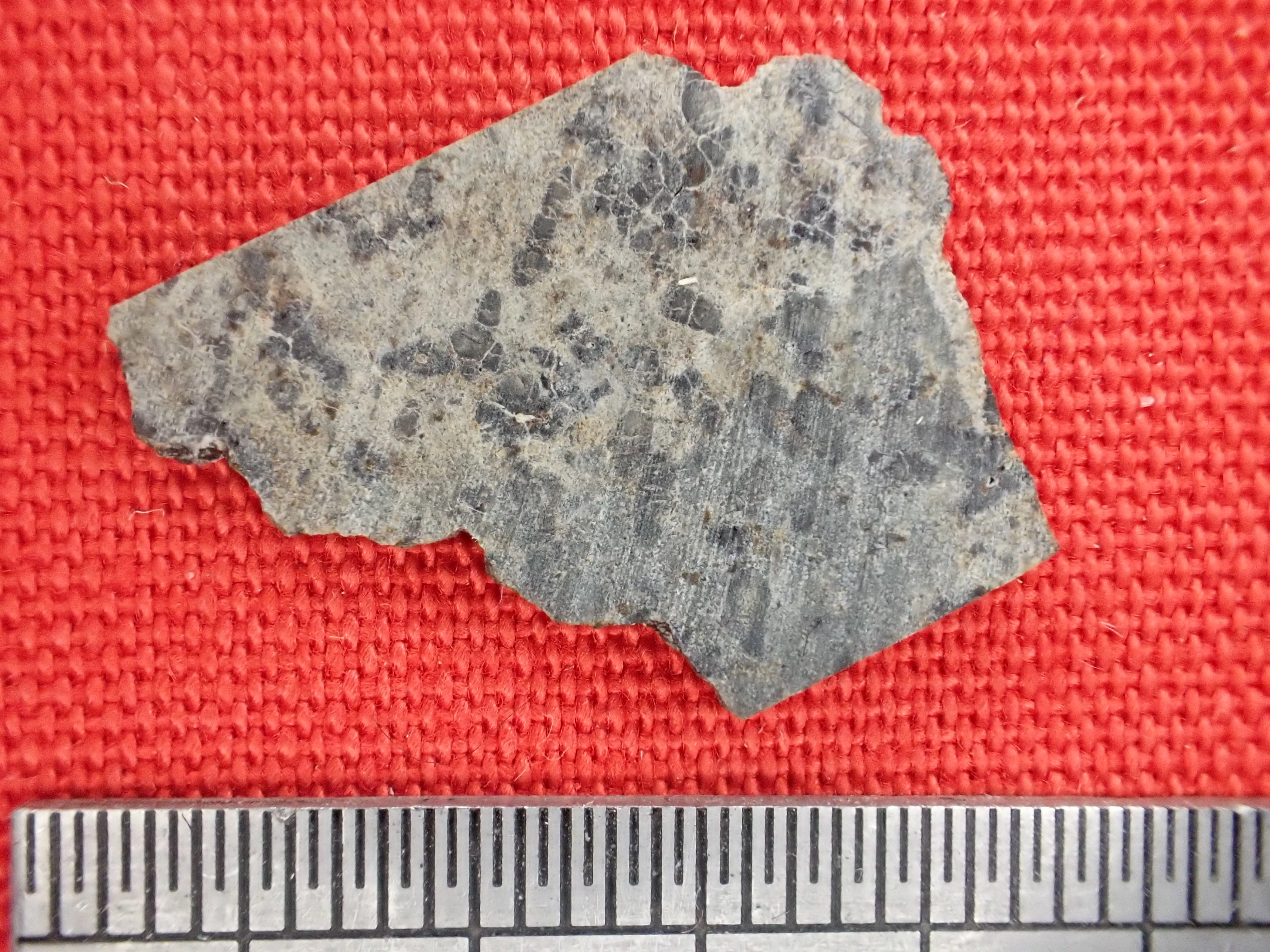The Exhibition of Hope at the National Wool Museum
, 1 December 2021
The National Wool Museum Exhibition of Hope was launched in April 2020. This was of course during the beginning of the national lockdown and I think it is safe to presume that no one could have predicted how successful it would be!
With support from the Ashley Family Foundation and Community Foundation Wales, the aim was to collect enough 20cm or 8inch rainbow coloured squares in order to weave together a substantial rainbow blanket to be displayed in the National Wool Museum, and then eventually at the National Waterfront Museum in Swansea.
The idea of the rainbow colours was of course in accordance with the rainbow image, which during the national lockdown had became an important emblem. The rainbow symbolised light at the end of the tunnel after a dark and uncertain time. The blanket would therefore hopefully become a symbol of peace, hope, community and spirit.
The project surpassed all expectations and collected in the range of 2,000 rainbow square pieces from all over the country. These squares were knitted, felted, woven or crocheted not only from wool, but from cotton, silk and other wonderful fibres that people had to hand.
Due to the overwhelming response and the restrictions placed on volunteers in meeting and creating one single blanket, a decision was made to make many blankets instead. As a result, museum staff and volunteers began joining the squares from home!
With now many blankets in the making, the project took off to a new level and purpose! Not only were these blankets going to become works of art, they would also be donated to charities, such as the homeless charity 'Crisis'. The project grew further when the South Wales branch of the 'Crisis' Charity shared the exhibition on their Facebook pages and even going as far as providing people with physical packs of wool and instructions.
The project further snowballed when it was featured in Adult Learners Week 2020, when two videos were released of National Wool Museum Craftsperson Non Mitchell showing how to create a felted and woven square. Finally, maybe the biggest influence was when the Connect to Kindness Art Project, working alongside the Connect to Kindness Campaign and Carmarthenshire Association of Voluntary Services showcased the project in a collage of photos.
When I visited the exhibition recently, what I found fascinating is how, from humble beginnings, the project took on a life of its own and became more than simply helping create a blanket. Along with being beautiful pieces of art that could be enjoyed on their own merit, the blankets would now also help people in a physical and practical way!
In my opinion, what was lovely was how the exhibition has captured the array of positive feelings it had stirred in the volunteers and museum staff who took part in the project. I’m sure this was a somewhat unexpected or underestimated result of the project!
It was clear from the messages and notes received with the blanket squares, that it had brought many a sense of joy, achievement, comfort and a feeling of purpose. The blanket had brought people a sense of belonging and highlighted the feeling of community and what can be achieved when people "pull together"
This is perhaps the most interesting factor of the project for me - the stories of those creating the squares. I am delighted that the exhibition is reflecting this by showing "stories of the squares" in a video to go along with the exhibition, which will also be available online.
I had the pleasure of watching the video when I visited the exhibition in Drefach Felindre, and it was amazing to hear of the different stories of those behind the squares. There were stories of the project uniting family and friends along with chapels and schools. The exhibition includes an image of rainbow hands by the children of Ysgol Penyboyr.
The effort which some had gone to was also amazing. A big shout out to Elwyna who knitted 350 squares! One lady had even naturally dyed her wool in different rainbow colours.
One of the stories I found touching was of a lady who had recently lost her mother and who had left her a stash of yarn, mostly from America. Her mother had taught her to crochet and she felt the project was an amazing way to honour her mother's memory.
Crocheting also helped her deal with the grief during this time as she found it therapeutic and relaxing. Others also spoke of the art of crocheting and making the squares as being a therapeutic and relaxing process.
Another heart warming story was of how someone struggled with her memory and was overjoyed to discover that she remembered how to crochet.
These stories and indeed the whole exhibition being so visually bright and beautiful was very uplifting in what is still a fairly uncertain time. The words of one volunteer perfectly summed up the meaning of the project for me - although we couldn’t "be together, we could work together".
The exhibition can be seen in the National Wool Museum of Wales until mid January 2022. A walk around the exhibition will also be available online. The Exhibition will move to Swansea’s Waterfront Museum in July 2022 - October 2022.
